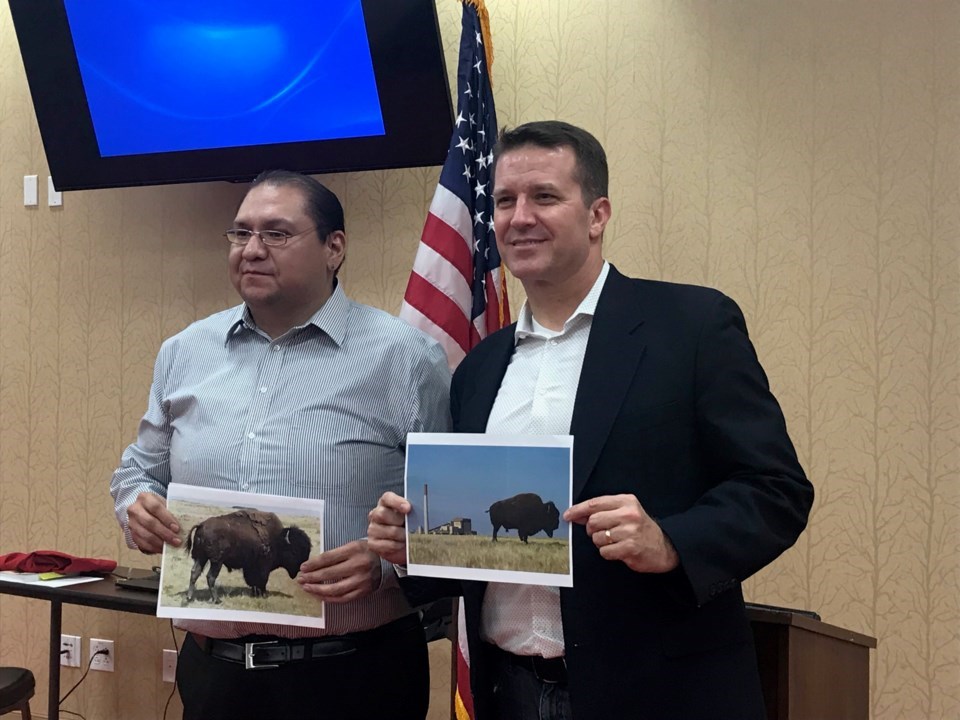City leaders, tonight, will recognize those who lived and thrived on the land which is now Longmont.
Council members are being asked to adopt a Land Acknowledgement Statement to respect native tribes. Land acknowledgments are being adopted as a “best practice” across sectors, especially among museums and higher education, according to a city staff report.
A land acknowledgement became an important topic as Longmont celebrates its 150th anniversary. Longmont Museum’s Erik Mason explored a land acknowledgement statement on behalf of the museum and consulted with Montoya Whiteman, who is Cheyenne and Arapaho — the tribes most closely affiliated with Longmont, the city staff report states.
Whiteman is working on a similar project with the Denver Art Museum and the Denver City Council to adopt a land acknowledgement statement that they read before each council meeting, the report said.
The relevance of such a statement became even more clear after the city talked to Carmen Ramirez —- the city’s Community and Neighborhood Resources Manager — who noted efforts toward forming long-term relationships with the Northern Arapaho include:
Longmont Sister Cities is forming an official sister city with Northern Arapaho, a first in the country- Intergovernmental collaboration is ongoing between Boulder County, cities of Boulder and Longmont to develop co-management of open space for indigenous use
- Space allocation at Sandstone Ranch is being planned for Northern Arapaho for traditional use.



